Sandia’s hydrogen safety, codes, and standards research program develops the technical data and scientific understanding necessary to inform science-based improvements to the codes and standards that define the safe use of hydrogen. These codes and standards are critical for the broader commercial use and deployment of hydrogen.
Our research includes the study of behaviors and characteristics of a hydrogen release, including dispersion, accumulation, ignition, flame radiation, and overpressure. The team develops models to describe these phenomena and generates high-fidelity data that can be used to validate and verify these models. These models and data are, in turn, combined with quantitative risk assessment methodologies to develop the HyRAM+ software tool that supports DOE’s larger Hydrogen Safety, Codes, and Standards Program. Our research also works to improve the understanding of hydrogen effects on materials and applies that understanding to assess design implications of hydrogen infrastructure, develop and assess test methodologies for fracture and fatigue testing of materials in hydrogen environments, and develop selection criteria and requirements for relevant codes and standards.

Md Touhiduzzaman (PNNL), Melissa S. Louie, Arun Veeramany (PNNL), Brian D. Ehrhart. Large-Scale Hydrogen Storage Cyber Risk Assessment. PNNL-36487, SAND2024-13301R, October 2024.
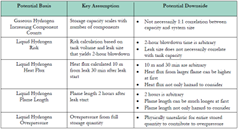
Melissa S. Louie, Benjamin B. Schroeder, and Brian D. Ehrhart. Evaluation of Hydrogen Storage Quantity Limits for Safety Requirements. SAND2024-08607, August 2024.

Gabriela Bran Anleu, Christina Felipe, Myra Blaylock, Chris LaFleur. Heat Transfer Through a Box Beam from an Impinging Hydrogen Flame. SAND2024-06978, June 2024.
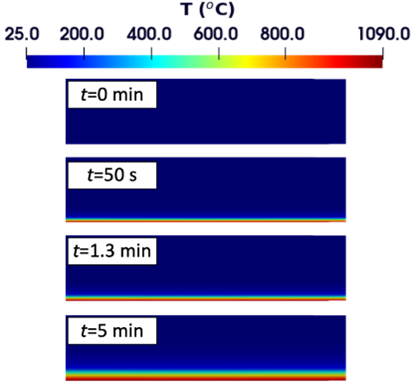
Gabriela Bran Anleu, Christina Felipe, Myra Blaylock, Chris LaFleur. Heat Transfer Through a Passive Fire Protective Board from an Impinging Hydrogen Flame. SAND2024-05484, May 2024.
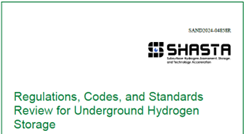
Melissa S. Louie and Brian D. Ehrhart. Regulations, Codes, and Standards Review for Underground Hydrogen Storage. SHASTA: Subsurface Hydrogen Assessment, Storage, and Technology Acceleration Project. SAND2024-04858R, April 2024.
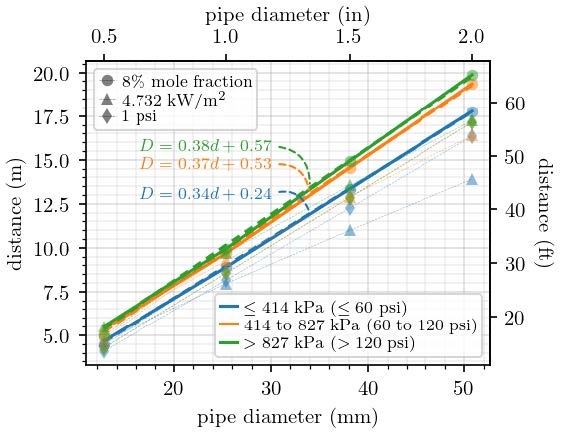
Brian D. Ehrhart, Ethan S. Hecht, and Benjamin B. Schroeder. Technical Justifications for Liquid Hydrogen Exposure Distances. SAND2023-12548, February 2023.
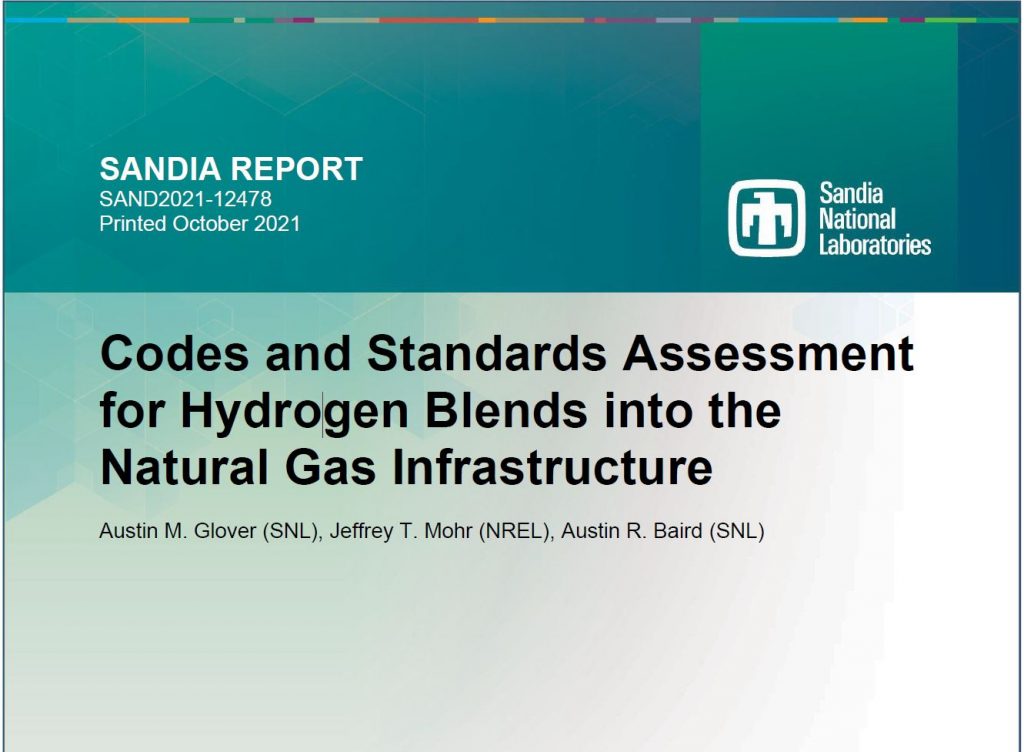
Austin M. Glover, Jeffrey T. Mohr, and Austin R. Baird. Codes and Standards Assessment for Hydrogen Blends into the Natural Gas Infrastructure. SAND2021-12478, October 2021.
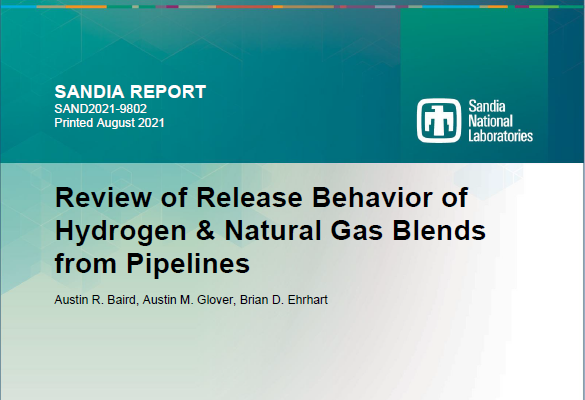
Austin R. Baird, Austin M. Glover, and Brian D. Ehrhart. Review of Release Behavior of Hydrogen & Natural Gas Blends from Pipelines. SAND2021-9802, August 2021.
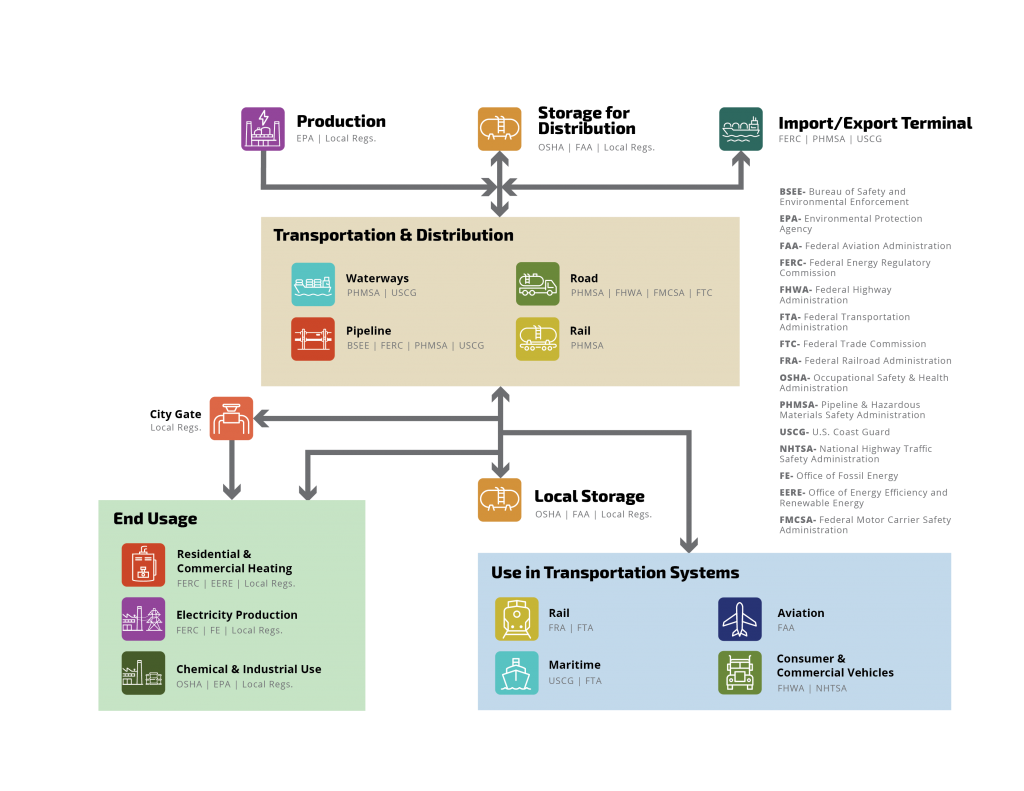
Austin R. Baird, Brian D. Ehrhart, Austin M. Glover, and Chris B. LaFleur. Federal Oversight of Hydrogen Systems. SAND2021-2955, March 2021.
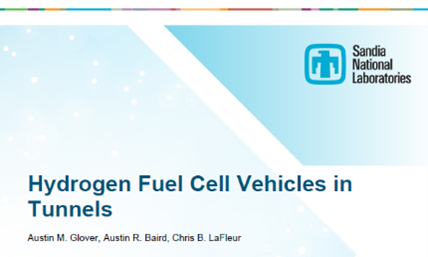
Austin M. Glover, Austin R. Baird, and Chris B. LaFleur. Hydrogen Fuel Cell Vehicles in Tunnels. SAND2020-4507 R, April 2020.
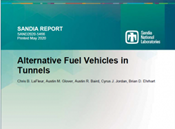
Chris B. LaFleur, Austin M. Glover, Austin R. Baird, Cyrus J. Jordan, and Brian D. Ehrhart. Alternative Fuel Vehicles in Tunnels. SAND2020-5466, May 2020.
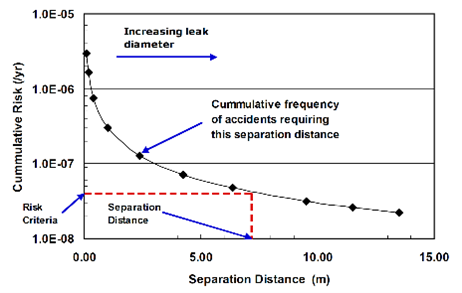
Jeffrey LaChance, William Houf, Bobby Middleton, and Larry Fluer. Analyses to Support Development of Risk-Informed Separation Distances for Hydrogen Codes and Standards. SAND2009-0874, March 2009.
Contact
Brian Ehrhart
(505) 284-4906
bdehrha@sandia.gov
